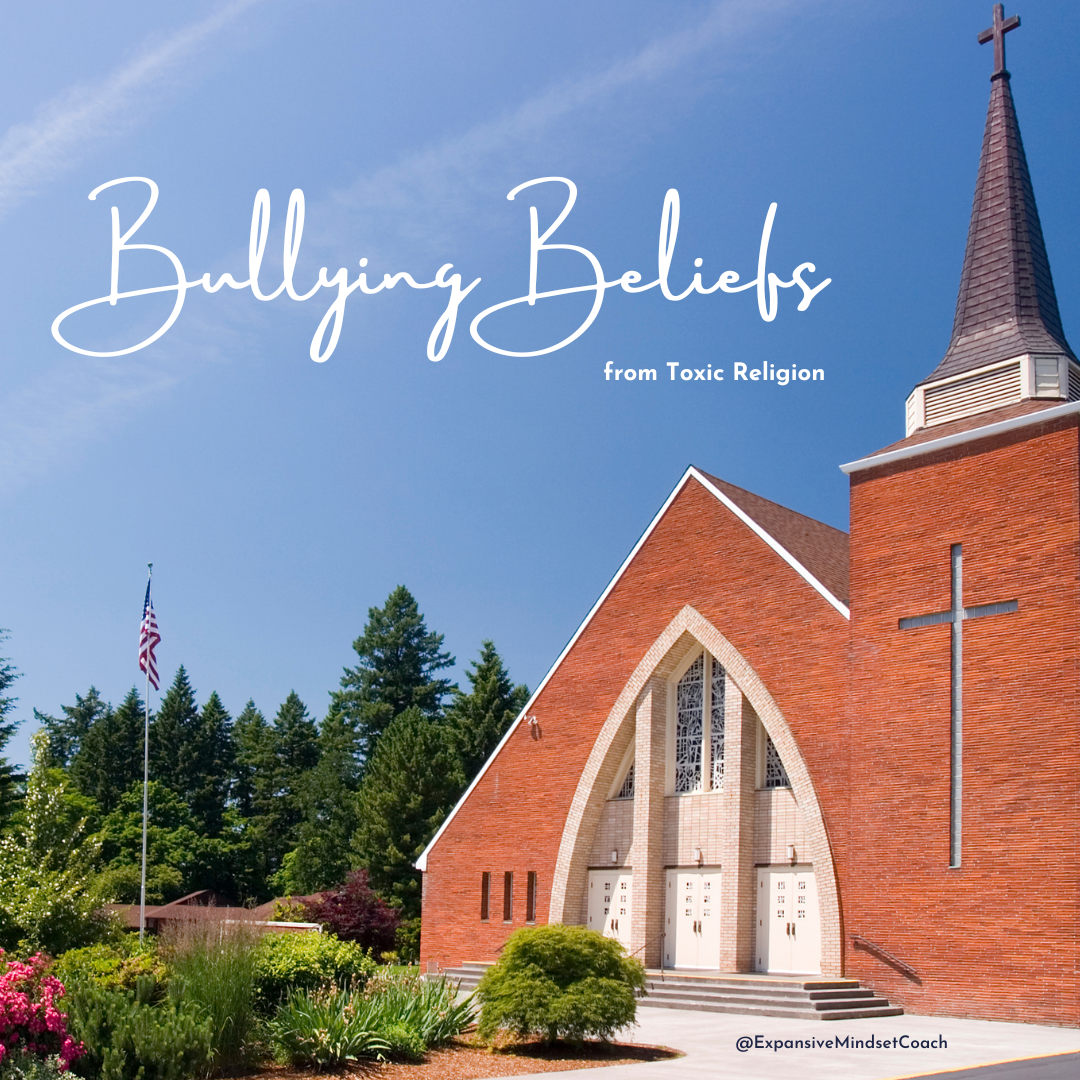5 Ways to Build Rejection Resilience for Entrepreneurs
Let’s do a little experiment. You in?
Ok, I want you to notice what happens in your body, your mind, and your emotions when I ask this question:
How do you handle and respond to rejection?
What did you experience just then? Were there particular memories that surfaced? Any specific sensations in your body? Did certain thoughts turn up the volume on their bullying?
At different points in my life I would have different answers for all of these questions.
Rejection is a part of entrepreneurship. It just is. And yeah, it doesn’t feel good at all. And also, how we handle and respond to rejection is 1) able to be transformed, and 2) is a vital sign indicator for our ability to build sustainable entrepreneurship.


In thinking about Building Rejection Resilience for this blog, I reflected on what experiences in life have helped me to build my Rejection Resilience.
One piece is that my entrepreneurship goes back decades…when I was an elementary school age kid, my cousin set up a lemonade stand in the front of her house by the sidewalk. We brainstormed to use the little cardboard playhouse she had inside to bring attention and be our little serving window. Then I thought, what if we offered cookies too? And, as the crafty kids we were, what if we also sold hand-made bookmarks!?! (Because who doesn’t need extra bookmarks). That day we made $27 which for two kids in the 80’s was BANK!
Throughout my kid years I constantly had new ideas for businesses: hand-made stationery and note cards; hand-painted sweatshirts; babysitting. Of those, only my babysitting business reallly took off (I was, after all, a Certified Red Cross babysitter at 13). The sweatshirts were kind of a disaster and the note cards just became gifts for family members.
As I grew up, I launched so many ideas for businesses, programs, and solutions to problems in my community. In my 30’s I got into writing and performing spoken-word poetry.
If you want a quick lesson in building rejection resilience, share your own poetry on a mic in front of a room full of other poets, artists, and activitists. Oooof, some of those moments were really painful and uncomfortable.
Some of the feedback I received from people in writing spaces where I posted my work was harsh, and cut deep.
I began to submit my work to be considered for publication. I got rejected a LOT. And, I got published a lot. I learned in the process that critiquing poetry is entirely subjective and where one editor may not like a piece, another editor might love it.
And so I began to learn that the rejection of a particular poem by a particular editor is not a universal truth about who I am as a person.
I did not understand that lesson over night. It took so many submissions, rejections, acceptances, and personal mindset work.

I will absolutely be one of the first people to affirm that having someone reject, turn down, not purchase a program, offer, or product that we have poured heart and soul into creating, it hurts.
It is such a challenge to untangle our sense of worth with what we produce AND how people respond to that product. Toxic capitalism teaches us to link our worthiness with the quality and quantity of what we produce. So it makes sense that uncoupling these two things is challenging; we’re going against hundreds of years of culture.
Here’s an important truth I need you to know: one person’s response/reaction to what you have to offer is not a universal truth about who you are.

So, let’s look at 5 Ways to Build Rejection Resilience for Entrepreneurs
-
- Keep putting your work out there
- Adjust your mindset around your worthiness
- Ask for feedback on what kept someone from buying, signing on, or registering for your creation
- Keep putting your work out there
- Practice growth mindset by reflecting on your programs, offerings, products and what is working about them and what needs recalibration
- BONUS TIP: consider the source. Is the critic, customer, random person on the internet truly a reliable and trustworthy source of feedback about what you have innovated and built?
Yep. I sure did write “Keep putting your work out there” twice. That was on purpose. Because one of the ways we build resilience and flexibility is by doing the thing again and again.
At the time of writing this blog, my Expansive Mindset Coaching business is five months old. I can’t even remember how many times I have updated my mission, how many programs I have tried out, how many reels I’ve posted, how many emails I’ve sent, but it’s been a lot. I have no idea how to Instagram algorithm gods work, why one reel got over 3k views and another got 67 views. But I keep putting my work out there because I know there are clients who need exactly who I am and how I coach. Not everyone. And that is ok. It isn’t possible for me to coach everyone.
So, back to the initial question: how do you handle/respond to rejection? Are you ready to beef up your rejection resilience and take out all the nasty bullying beliefs that hold you back? I’m so excited to do this work and can’t wait to talk to you! Let’s set up a FREE 20min curiosity call today!















